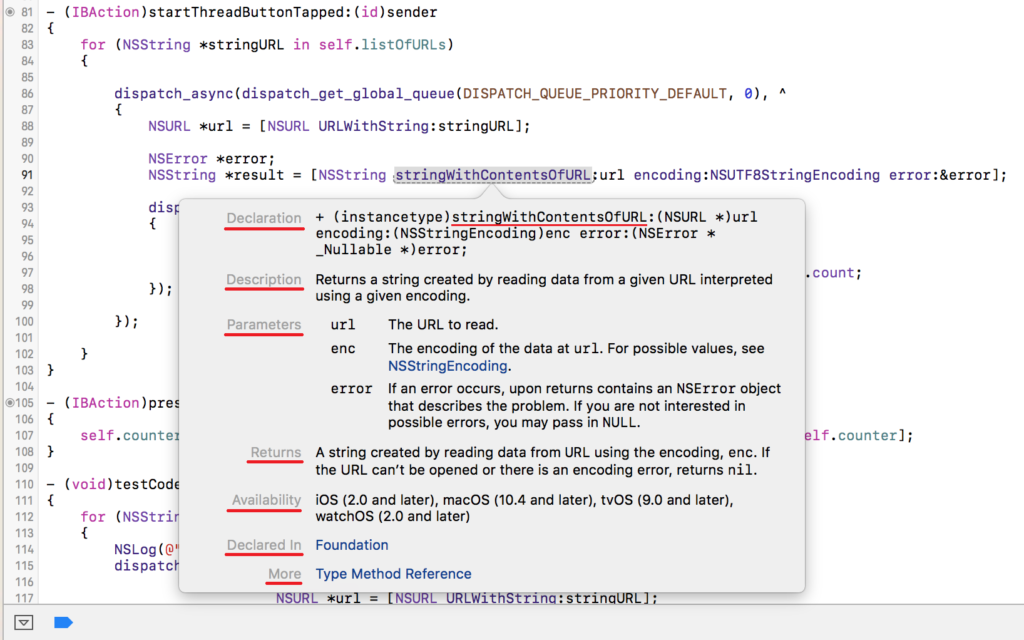Let’s talk about source/version control, why it’s so important, and how you can easily put all your iOS code under source/version control management (SCM). I’m going to show you the manual steps involved in putting your code into a Git SCM “repository” (repo) so you fully understand how source/version control works. Jump straight to the tutorial if you’re already familiar with the concept of source control. I can’t explain everything about SCM in one blog post, but I’ll get you started and provide many online resources for you to reference. Why am I using Git? Like it or not, Git has become the de facto standard in SCM systems, mainly because it “is a free and open source [and] distributed version control system.” I don’t buy into the “Git is easy to learn” argument. I find Git to be overly complicated, cryptic, and generally requiring more steps to accomplish source control tasks than say centralized SCM systems like TFS or Subversion/SVN. Git does have some advantages over other SCM products, and it even becomes quite efficacious once you pay your dues learning how to use it properly.
Continue reading “Creating a new Git/GitHub repository for your Xcode project — a detailed tutorial”

